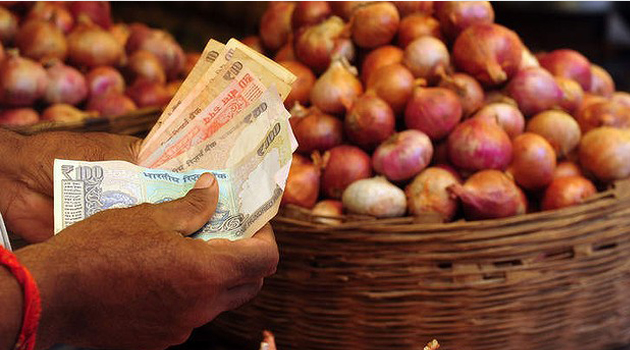Kenya National Bureau of Statistics (KNBS) ranks middleclass households as those that spend between Sh24,000 and Sh120,000 per month.
Genghis Capital macroeconomics analyst Kevin Tuitoek, speaking on the matter, admits that there are two ways of looking at it; “On one hand, there was about 200 individuals who became dollar millionaires in the country last year. Banks such as CFC recorded a 40 percent increase in the number of the dollar millionaires. So as far as the growth of wealth in Kenya, that should not be doubted which inevitably means that the middleclass is really growing,” Tuitoek said.
True to his words, a week ago the government said that the appetite for imported luxury items among the middleclass had gone up going by the increase in the number of imported cars last year which amounted to Sh117.6 billion up from Sh101.7 billion the previous year.
Tuitoek however said that the authenticity of the middleclass can be put to question if the amount of money put aside for the purpose of saving is concerned. “Out of the country’s GDP, we only save 5 percent. This raises the question of if the middleclass is truly as wealthy as they are being thought to be or they are just mere high income earners who spend everything they make.”
To further show that they could be less than they are actually thought to be, KNBS last year said that more than half of the formal sector workers, at 64.5 percent, live on low wages of between Sh20,000 and Sh49,000 per month hence not meeting the middleclass threshold.
KNBS seem to have agreed with Kamau’s belief of which occupations the middleclass is in. It said that financial institutions such as banks, insurers and asset managers remain the best paid workers in Kenya. Broken down, over 50 percent of those in this sector earn between Sh50,000 and Sh99,000 hence become a source of the middleclass folk in the country. The 2015 Economic Survey last year also stated that the average pay in the financial services sector stood at Sh115, 481.
Tuitoek says that the middleclass should not be confined to the formal sector only adding that the contribution of the informal sector needs to be considered.
“We need to consider the contribution of the informal sector in the growth of Kenya’s middleclass. The challenge however is that structures built in the sector make it difficult to quantify their influence in the growth of the middleclass. You get some people running into the sector so that they can evade paying their taxes,” he said.
– Their thinking –
An American book titled, ‘Hidden Rules among Classes’, by Ruby K. Payne while highlighting what it thinks about the different classes in the society, drew a chart to compare the different classes and what influences the decisions they make.
For instance, when it comes to food, the poor ask, ‘did you have enough?’ the middleclass ask, ‘did you like it?’ while the rich ask, ‘was it presented well?’
The same instance is shown when it comes to money, the poor say that money is, ‘to be used, spent’, while the middleclass say that it is, ‘to be managed’ and the rich say it is, ‘to be conserved, invested’.



































